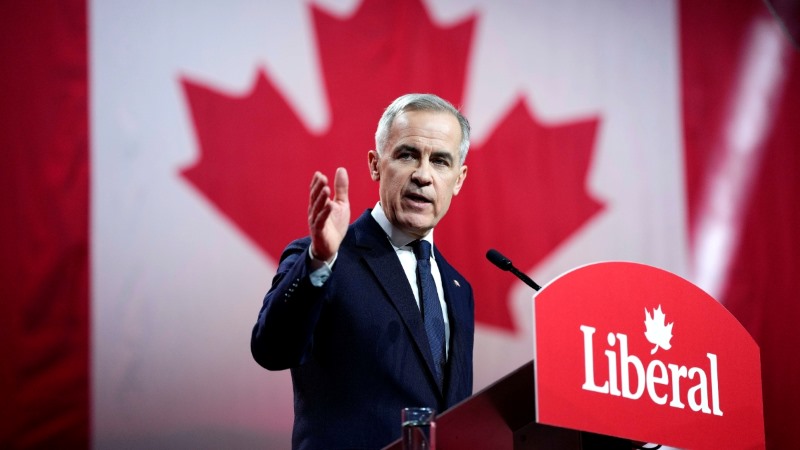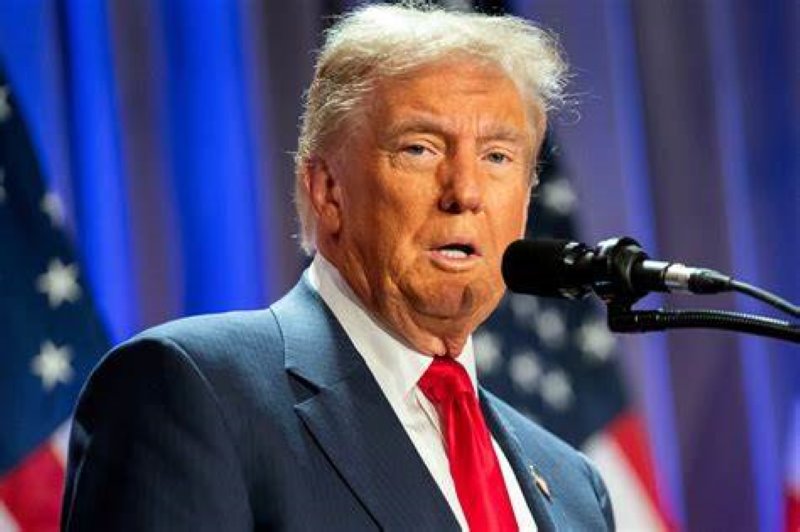Economy
Trump Retracts 50% Tariff Threat on Canada Amid Market Decline
Trump retracts 50% tariff threat on Canada, easing tensions after causing a significant market drop. His trade-war rhetoric triggered a sharp decline in U.S. markets. Investors were rattled by the potential tariff on Canadian steel and aluminum. The stock market plummeted around 10%, driven by mounting recession fears.
Reversal of Tariff Plans
Hours later, Trump walked back his 50% tariff threat after Ontario’s government backed down. The President reiterated the previously announced 25% rate, calming immediate fears of a more severe trade war. His action highlighted the unpredictable nature of U.S. tariff policies, which have left corporate leaders and investors anxious.
Trump’s Optimism Amid Economic Concerns
Despite the market slump, Trump downplayed recession concerns during a White House briefing, stating he did not foresee a downturn. “I think this country’s going to boom,” Trump remarked, suggesting that market fluctuations did not concern him. His comments contrasted sharply with earlier fears that the U.S. economy might be heading for a slowdown.
Focus on Job Creation Through Tariffs
Later, Trump addressed executives at the Business Roundtable, emphasizing that the goal of tariffs is to encourage companies to relocate manufacturing to the U.S. “The biggest win isn’t the tariff itself — it’s the jobs and money that come with companies moving into the country,” Trump explained, indicating that jobs created through tariff policies were a top priority.

Canada Maintains Trade Retaliation Against U.S. Tariffs
Mark Carney, Canada’s incoming prime minister, stated that his government will uphold trade retaliation against U.S. until the removes its tariffs…
Canada’s Retaliation Plans Halted
Canada was at the center of the tariff dispute, with Trump warning that Canadian retaliatory tariffs could devastate its auto manufacturing industry. However, after Ontario suspended the surcharge plan, the immediate threat of a 50% tariff receded. The markets reacted positively to the news, though the S&P 500 still closed lower for the day.
Continued Global Trade Tensions
Despite the brief respite, the trade conflict remains unresolved. The 25% steel and aluminum tariffs are set to take effect at midnight, followed by further duties on autos, semiconductors, and other products. With key U.S. trading partners like China, Mexico, and Canada all affected, the global trade landscape remains volatile.
Trade War’s Impact on U.S. Economy
While economists do not foresee an imminent recession, there are signs of economic strain. Consumer spending has weakened, business sentiment is declining, and small businesses face growing uncertainty. Rising tariffs could also increase costs for U.S. consumers and harm U.S. exporters, threatening overall economic growth.
Trump’s Economic Outlook
Trump remains optimistic about the economy, defending his trade policies as critical to fostering U.S. growth. “We had some little hiccups, not big hiccups,” he said, asserting that his strategies would lead to long-term benefits for the nation.


